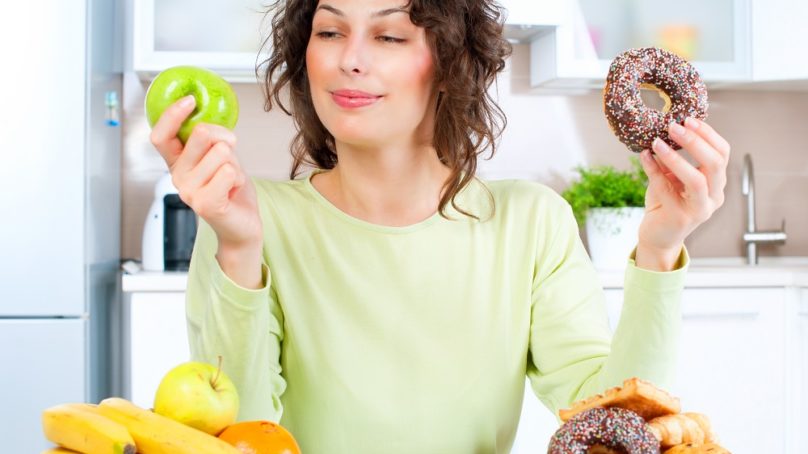
 By Maria Baghdoyan, Corporate Nutritionist, Nestlé Middle East
By Maria Baghdoyan, Corporate Nutritionist, Nestlé Middle East
If you think you have a soft spot for sweets; well, rest-assured you are not alone. Who can say no to that delicious piece of chocolate cake or that mouthwatering apple pie? Sugar is present on a daily basis in our diets and is available everywhere in all its forms. On the occasion of World Diabetes Day on 14 November, Maria Baghdoyan, Corporate Nutritionist at Nestlé Middle East shares beneficial tips on how to balance our intake and vary our choices to maintain a healthy lifestyle.
Sugar is a type of Carbohydrate; and it usually comes in two forms:
- Naturally occurring; such as fruits, fruit juices, milk and some vegetables
- Added; such as white or brown sugar, corn syrup, maple syrup and honey*
*Honey is a source of naturally occurring sugars; but is often added as an ingredient replacing regular sugar; therefore, it can also be considered an added sugar.
High sugar intake has been linked to problems like dental cavities, obesity, type 2 diabetes and heart diseases, hence minimizing sugars in general should be a priority for all of us, but it’s often easier said than done.
Added sugars include table sugars, different kinds of syrups and other sweeteners used to sweeten food; and although they contain calories, they nearly have no nutritional value.
The WHO (World Health Organization) recommends limiting added sugars to no more than 10% of the daily recommended caloric intake of both average adults and kids.]
What does that mean?
For adults about 12 teaspoons (48g) on a 2,000 kcal diet.
For kids aged 8 years+ about 10 teaspoons (40g) on a 1,700 kcal diet
But instead of pouring our energy in obsessing over grams and teaspoons, it is recommended to focus on reducing sugars by limiting products that contain them.
Common Sources of added sugars
- Sugary drinks (e.g. soft drinks, sweetened beverages)
- Sweets like candy and chocolate
- Flavored yogurt
- Baked products like sweet pastries, cakes and doughnuts
- Canned fruits
- Fruit juices
- Condiments like ketchup, BBQ sauce and other dressings
To help you limit your intake; here are some helpful tips:
Start at the grocery store. By filling your shopping cart with healthier alternatives such as vegetables and fruits that are naturally sweet and opting for them instead of occasional desserts.
Read the Labels. Make sure to read the product labels carefully to check how much sugar is provided in each “serving”. When reading the ingredients list of any product; take note of where sugar is mentioned; if it is the first ingredient, then the sugar content is the highest.
Make smart switches. Did you know that you can use naturally sweet veggies and fruits in baking or cooking? Try throwing in some bananas in your brownie recipe or some heated berries in your oatmeal; they will add sweetness to your meals without adding a lot of sugar.
Don’t drink your calories. Opt for regular or sparkling water, milk or unsweetened fresh juices in small amounts instead of sugary drinks that will add no nutritional value to your diet but lots of calories!
Indulge wisely. We all crave that piece of chocolate or cake from time to time; and it’s OK. Just be mindful of your portions and remember that moderation is key to a healthy balanced diet.
Train to settle for less. Remember that sugar is an acquired taste. You can gradually train yourself to take less and still end your day on a sweet note!
Add to Favorites



















